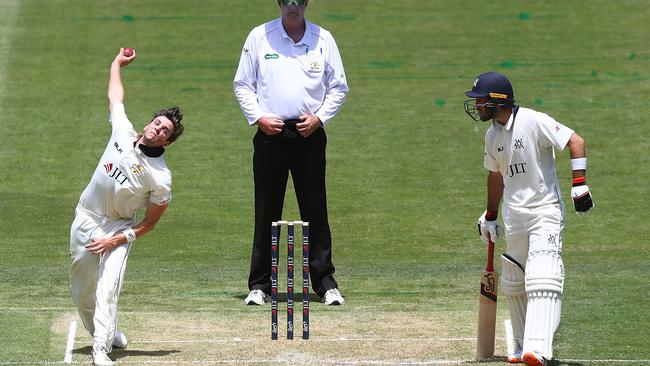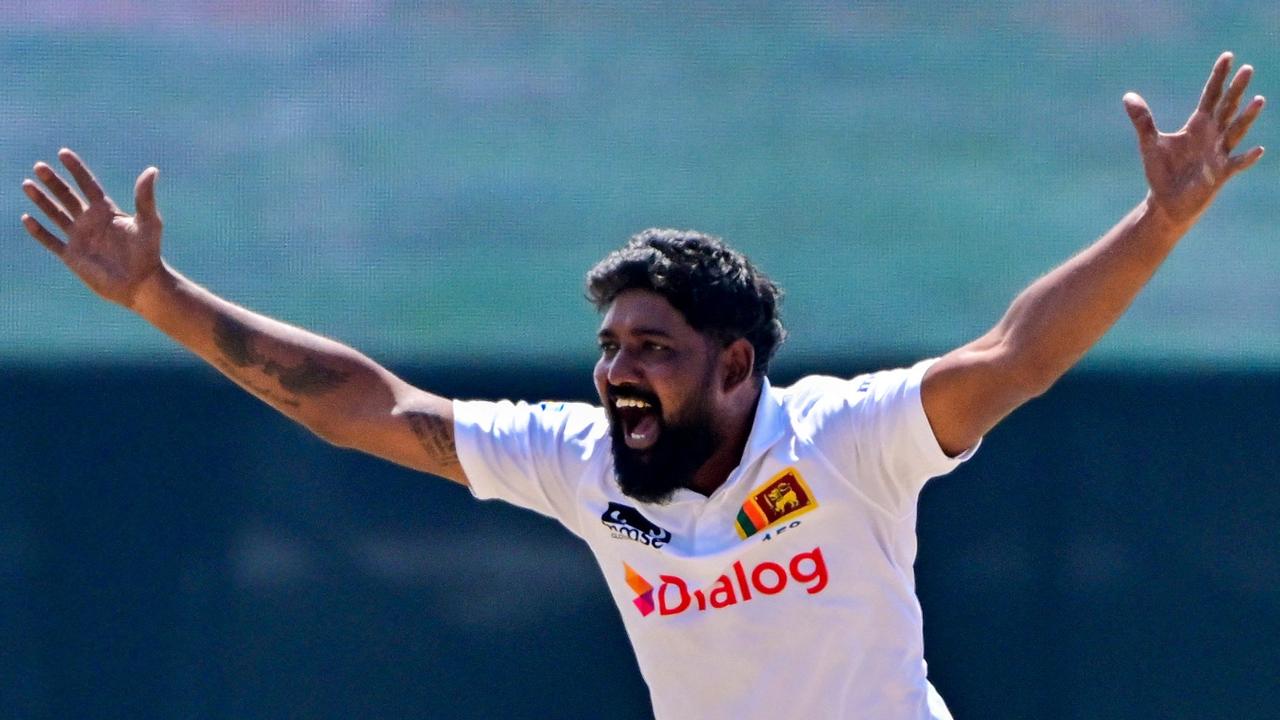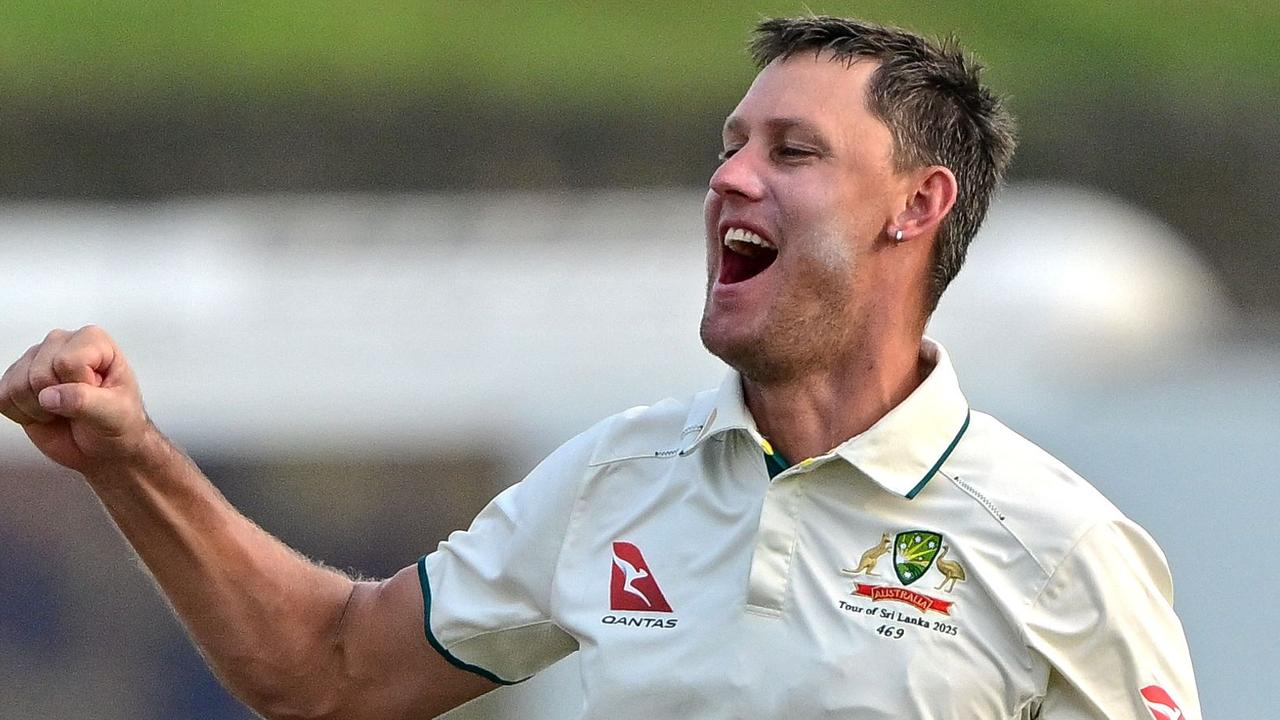Cricket Australia study casts doubt on limiting bowlers’ workload
A study funded by Cricket Australia has cast doubt on the practice of workload management for bowlers.

The contentious practice of limiting young fast bowlers to a certain number of balls per week is doing little, if anything, to bring down their high injury toll, a Cricket Australia-funded study has found.
The paper — co-authored by CA’s Alex Kountouris and David Beakley — has cast doubt on the workload restrictions imposed on young fast bowlers. The paper also found almost one in four young fast bowlers suffered a bone stress injury during the paper’s eight-month study period.
On the face of it, the results undermine CA’s restrictions on the number of balls young quicks are allowed to bowl in matches and at training.
“The number of balls bowled and acute-to-chronic workload were not associated with imaging abnormalities or injury,” the study stated.
CA is yet to respond to requests for comment, but sports scientists contacted by The Australian say the paper indicated while bowling frequency was an injury factor, the number of balls bowled was not.
“The balls per week didn’t seem to raise the injury factor for this cohort,” Dr Joel Fuller from Macquarie University’s Health Science Faculty told The Australian.
But he also said that section of the paper did not go into great detail: “I don’t think this study speaks enough to that.”
A sports scientist who spoke to The Australian on condition of anonymity said the paper showed bowling restrictions were “counter-productive”.
“My take-home message and recommendations based off this paper would be as follows: if we can ensure that a bowler has adequate rest between sessions, youth bowlers can increase the number of balls bowled per session, and also in games, as this is not a risk factor for injury,” the sports scientist said.
The paper followed 65 “junior elite fast bowlers” for eight months encompassing a season. Fifteen suffered bone-stress injuries during the study period.
Every one of the 15 had exhibited “bone marrow oedema” in MRI scans before their injuries were diagnosed.
The authors concluded routine MRI screening could help manage the risk of injury in young fast bowlers. But 61 per cent of the players who recorded positive scans did not report symptoms of injury. That suggests CA might be ruling out players unnecessarily.
“CA’s current method of routinely scanning all fast bowlers for bone marrow oedema and removing bowlers from play because of a positive scan despite being asymptomatic, is potentially stopping 61 per cent of fast bowlers with a positive scan from continuing to bowl,” a sports scientist has told The Australian.
CA revealed last year that it was routinely scanning its fast bowlers to try to head off injuries.
Dr Fuller said the paper indicated scans should not be “the ultimate decision-maker” in deciding if a bowler was allowed to play.
“The scan doesn’t seem to be enough to make that call,” he said.
“It is a tricky one … the players who are picked up by these scans certainly warrant further investigation. (But) the long-term problems that can be avoided by these scans are serious — so it may be extreme measures are needed.”
Dr Fuller advocated additional consultation with the bowlers before ruling them out based on a positive scan.
“Have a discussion with the athlete themselves, (asking) ‘are you aware of the risks?’ It certainly seems (bowler management) is an art — as much as science can point us in the right direction.”
Dr Fuller praised CA for conducting the important research: “They got a good number of fast bowlers to participate, which is great given it’s really expensive to do all those scans.”
Bowling restrictions on junior players have been in place for more than a generation.
In recent years they’ve gone to another level, including mandating the number of balls players can bowl in the nets.
Players are routinely rested from Sheffield Shield games. Western Australia’s Jhye Richardson was spelled from his state’s first game of the season.
Star WA teenager Cameron Green has been rested from two Shield games this season and while James Pattinson is back playing, he’s playing on the proviso he only bowls a limited number of overs per match.
Despite all the preventive measures, the injury toll among Australian quicks remains high.
South Australia’s Daniel Worrall has been touted as an Ashes contender — former Test player Ed Cowan said he’s the best swing bowler in the country — but he unfortunately suffered a recurrence of a back injury in last week’s Shield match against NSW.


